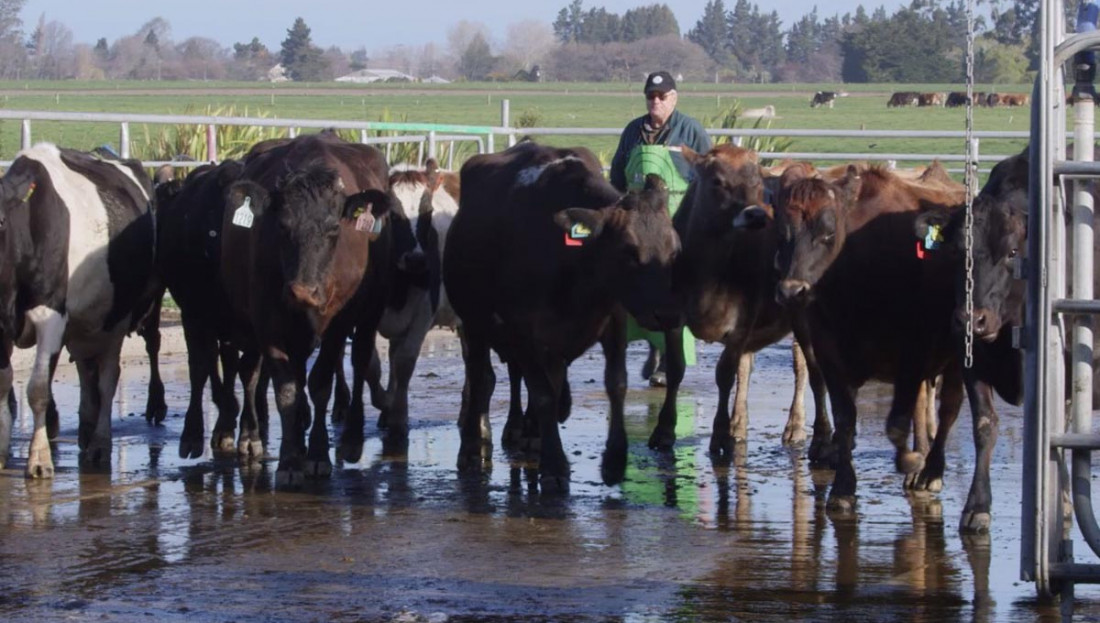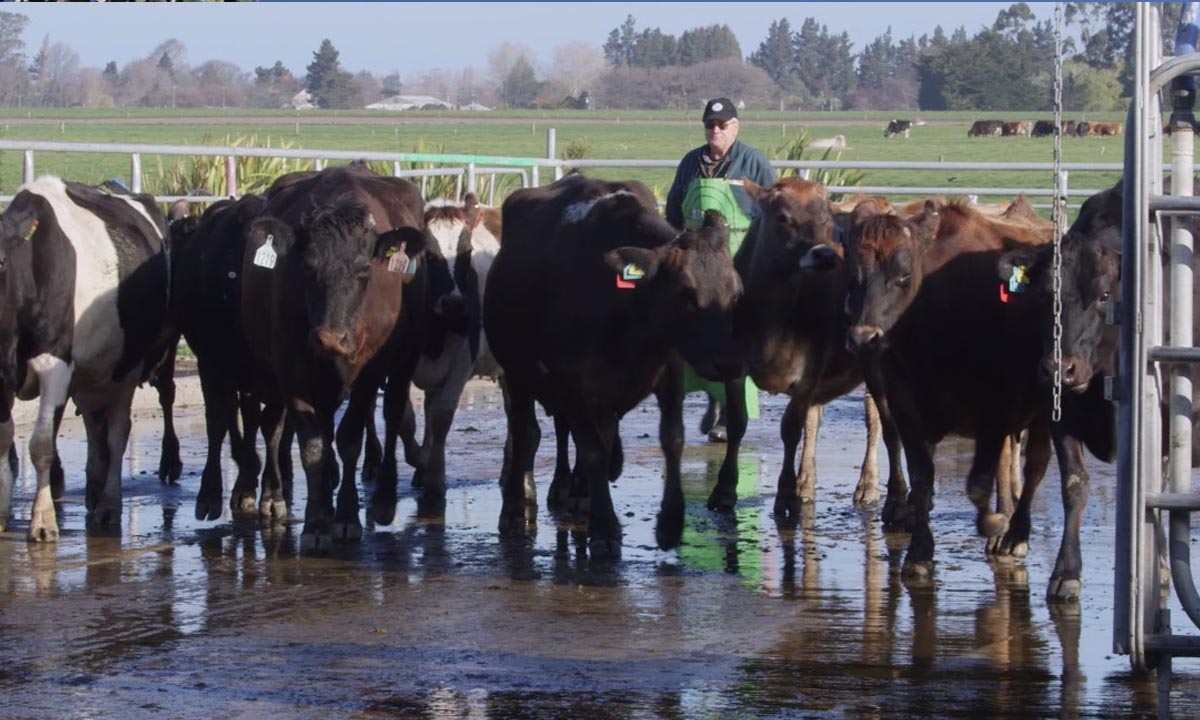Community support to make on-farm biosecurity happen
Date
26 September 2018
The arrival of the cattle disease Mycoplasma bovis in the Waimate District made the need for on-farm biosecurity real for many farmers for the first time.
Morven farmer Hugh Le Fleming says it hit home that biosecurity is important to the whole country and that it’s a community responsibility where everyone needs to support each other.
“The reality is that biosecurity begins at home, right at the farm gate and the boundary fence – it’s not just about the government running security at the country’s borders.
Hugh and the local Veterinary Centre found that farmers were anxious and hurting and there was a shortage of simple information to help them protect their farms, their families and their livelihoods.
“We decided to set up the Morven Action Group as a way of getting farmers together, talking and understanding that they could take action and that biosecurity did not have to be hard.”
This involved holding community meetings and developing a Farm Biosecurity Action Plan that farmers could work through, either individually or with their vet to create their own individualized plan.
“Biosecurity doesn’t have to be some boogeyman,” says Hugh. There are some good practical ideas that can be put in place to prevent infection entering your farm, help slow the spread of disease, or even increase the likelihood of successful eradication, if diseases or pests find their way into the country.
“It’s not something you’ll deal with in one hit, it’s a new way of thinking, but when you put your mind to it, the solutions are often quite simple.”
Hugh says farmers will need to take some time to assess their own farming operations with a particular eye to biosecurity because every farm is unique in terms of layout and location, farming system and the degree to which animals, people and equipment come and go vary.
Essentially it is all about those three key areas of risk – animals, people and equipment.
With animals, Hugh says, the movement of animals presents the risk. “Think about the animals coming on farm and where they’ve come from, their health status and history. On farm, think about fencing and making it strong so your stock can’t come into nose-to-nose contact with others’ animals.
Equipment coming on farm can pose a risk. Take time to think about all the equipment that comes on to your farm and if it doesn’t need to be coming on, stop it. If it does, require that it arrives clean.
And in terms of people, staff, contractors, relief staff, calf-rearers and any visitor to the farm can unwittingly bring disease with them. Try to have one point of entry on the farm which you control.
Station a boot wash and disinfection point at the gate and again at the farm dairy with clear signage so people can wash boots and personal protection equipment as they enter and leave the property. And think about restricting access to the business parts of the farm – the calf shed and the dairy.

